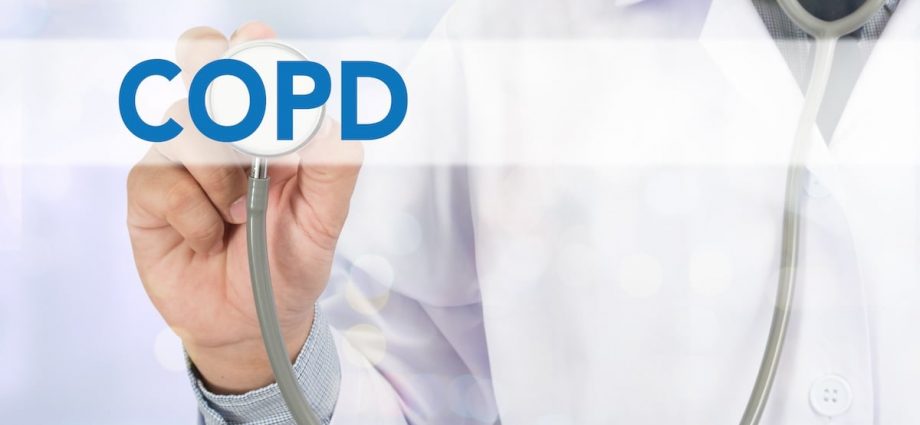FRIDAY, Aug. 23, 2024 (HealthDay News) — Millions of people rely on medicines delivered by an inhaler to help manage chronic obstructive pulmonary disorder (COPD).
But a new European study finds many patients are using inhalers improperly, keeping them from adequately treating the respiratory illness.
“Misuse of inhalers is common, and in our study we found that approximately two-thirds of inhalers were misused,” said study lead author Dr. Gaël Grandmaison. He’s an assistant physician in internal medicine at the University and Hospital of Fribourg in Fribourg, Switzerland.
The findings were published recently in the journal Chronic Obstructive Pulmonary Diseases: Journal of the COPD Foundation.
COPD is a progressive, inflammatory lung condition that’s often (but not always) linked to smoking. There is no cure for the illness, which over time makes breathing more difficult.
COPD affects an estimated 30 million Americans and is the sixth leading cause of death in the United States.
Grandmaison and his team tracked the inhaler use techniques and respiratory health of 96 COPD patients treated at his hospital during 2022 and 2023.
The researchers found that of the 160 inhaler devices used by patients, misuse occurred in more than 69% of cases. In the vast majority of cases this was due to a “critical error” in the patient’s inhalation technique.
In about 17% of the cases the inhaler itself was deemed to be unsuitable for use, the researchers added.
What does all this mean for COPD patients?
Poor inhaler use is linked to “inefficient symptom control, a reduction in quality of life, an upsurge in exacerbations, and an escalated reliance on health care systems,” the authors said.
Errors can arise for many reasons.
For example, some inhalers involve the use of dry powder medications that require “a robust and profound inhalation effort” to get the medicine to reach deep into airways, the researchers noted. That might demand greater effort on the part of users, or be beyond the capability of some patients.
COPD can be a a debilitating disease, and some patients may also have “a lack of manual dexterity or cognitive impairments” that impede their ability to use an inhaler in the way it’s intended, the authors added.
However, there are ways to help patients get the most out of their inhalers.
In his hospital, “if an inhaler was misused, a physiotherapist conducted up to three teaching sessions with the patient,” Grandmaison explained in a news release from the COPD Foundation. “These sessions helped reduce the number of critical errors in inhaler use.”
Still, even these interventions don’t always help.
“Despite this education, more than one in 10 inhalers continued to be used sub-optimally, either due to an inability to generate sufficient inspiratory effort or because the inhaler was unsuitable for the patient’s characteristics,” Grandmaison said. “These results highlight the importance of regular therapeutic education, assessing the patient’s ability to generate a sufficient inspiratory effort, and selecting an inhaler suited to the patient’s characteristics.”
Dr. Valerie Press is an associate professor of medicine at the University of Chicago, and the author of an accompanying perspective article.
She agreed that “education is key to increasing the effectiveness of inhaled medications.”
That’s because “many clinicians — and often even the patients themselves — are unaware that patients are having difficulty getting enough medication into their lungs,” Press said.
“Additional inhaler technique education is needed to ensure patients are using the device correctly, especially when multiple inhaled medications are prescribed,” she noted.
More information
Find out more about COPD at the American Lung Association.
SOURCE: COPD Foundation, news release, Aug. 20, 2024
Copyright © 2025 HealthDay. All rights reserved.

